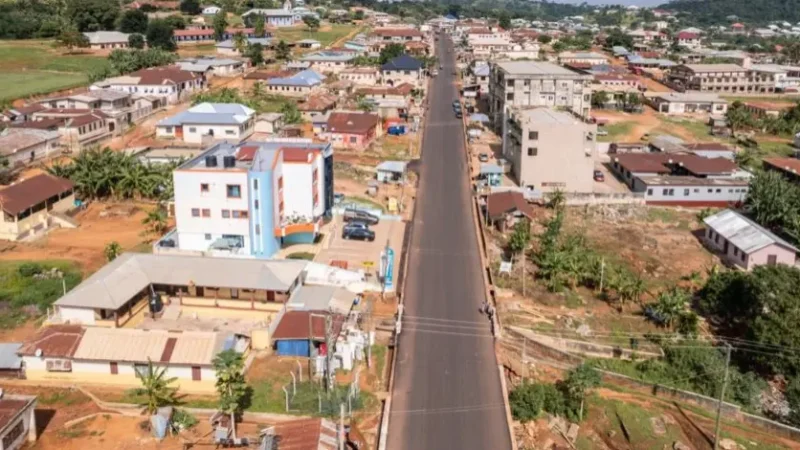As the heartbeat of modern civilization, metro cities pulsate with life, energy, and movement. Amidst the hustle and bustle, the arteries that keep these cities alive and connected are their roads. However, in the quest for progress, it’s crucial to reevaluate the way we design and build our road infrastructure. This article explores the imperative for metro cities to prioritize protective road infrastructure, ensuring the safety and well-being of both commuters and the urban environment.
The Current Landscape: Challenges and Consequences
Metro cities, with their sprawling networks of roads, often face a myriad of challenges related to traffic congestion, accidents, and environmental impact. The consequences of outdated or inadequate road infrastructure can range from increased accidents and loss of lives to heightened pollution levels and strained emergency response systems.
The Call for Protection: A Holistic Approach to Road Design
To address these challenges, metro cities should embrace a holistic approach to road design that prioritizes protection. Here are key areas that deserve attention:
1. Pedestrian-Friendly Walkways:
Protecting the most vulnerable road users – pedestrians – should be a primary consideration. Designing wide, well-lit sidewalks with dedicated pedestrian crossings not only enhances safety but also promotes a healthier urban lifestyle.
2. Cyclist Lanes and Green Corridors:
Encouraging alternative modes of transportation, such as cycling, is a sustainable approach. Integrating cyclist lanes and green corridors not only protects cyclists from vehicular traffic but also contributes to reducing carbon emissions.
3. Smart Traffic Management:
Leveraging technology for smart traffic management can mitigate congestion and enhance safety. Intelligent traffic signals, real-time monitoring, and adaptive traffic control systems contribute to a smoother flow of vehicles and reduce the risk of accidents.
4. Innovative Lighting Solutions:
Illumination is more than just an aesthetic aspect of road design; it’s a critical safety measure. Implementing innovative lighting solutions, such as smart streetlights and reflective materials, enhances visibility and reduces the likelihood of accidents, especially during nighttime.
5. Resilient Infrastructure:
Considering the impact of climate change, metro cities should invest in resilient road infrastructure. This involves designing roads that can withstand extreme weather events, minimizing disruptions, and ensuring the safety of both commuters and the infrastructure itself.
The Human Factor: Public Awareness and Education
Protective road infrastructure is only as effective as the awareness and adherence of the people using it. Metro cities should prioritize public education campaigns on road safety, promote responsible driving habits, and enforce regulations to create a culture of safety among commuters.
The Economic Case for Protection
Beyond the humanitarian perspective, there’s a compelling economic case for investing in protective road infrastructure. Reduced accident rates mean fewer emergency response expenses, decreased healthcare costs, and enhanced productivity due to less time lost in traffic jams or dealing with accidents.
Success Stories: Cities Leading the Way
Several cities worldwide have successfully implemented protective road infrastructure initiatives. From Amsterdam’s cyclist-friendly streets to Singapore’s smart traffic management systems, these success stories serve as blueprints for other metro cities aspiring to create safer and more sustainable urban environments.
Conclusion: Paving the Path to Safety and Sustainability
The evolution of metro cities demands a paradigm shift in the way we conceive and construct our road infrastructure. By prioritizing protection in road design, we not only enhance the safety of our citizens but also contribute to the overall sustainability and resilience of our urban landscapes. As we pave the way for the future, let us ensure that our roads become more than mere conduits of traffic – let them be the arteries that nourish and protect the lifeblood of our cities.




